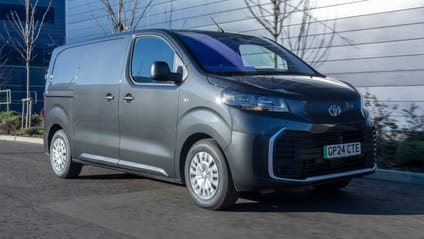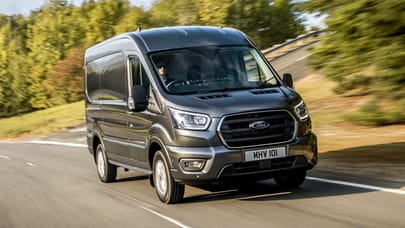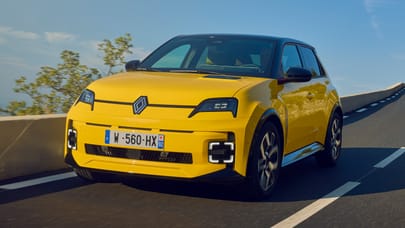
Toyota Proace review
Good stuff
Surprisingly refined and comfy, plenty of powertrain options, big warranty
Bad stuff
No high-roofed version to compete with the Transit and co
Overview
What is it?
It’s the middle child of Toyota’s three van offerings in the UK. Above the dinky Proace City and below the chonky Proace Max, we have this: which comes without a double-barrelled name and so is simply called the Proace.
Toyota doesn’t build as many vans as the likes of Ford or VW, but it punches hard in the commercial vehicle scene in other ways.
It’s got the utterly indestructible Hilux on its team, as well as a van-ified version of the Land Cruiser. So, if you need your loft conversion doing in the midst of a zombie apocalypse, you know who to call.
What’s special about it?
It’s not a Toyota. Yes, the badges on the front bumper, the back doors and the steering wheel say Toyota, but this is a textbook piece of badge engineering. In an effort to make a bigger splash in the European van scene, Toyota’s third-generation Proace is in fact a renosed version of the Peugeot Expert and Citroen Dispatch (which is also called the Citroen Jumpy in other parts of the world).
Oh, and the Vauxhall Vivaro. That used to be a Renault underneath, but since Vauxhall boarded the Stellantis mothership, it now uses Peugeot-Citroen bits. So, the Toyota has a British-badged twin if you’d prefer.
Or if you want something more Italian, since 2022 you’ve also been able to have this as a Fiat Scudo. Plus, in some parts of the world it’s available as an Iveco.
Phew. Anyway, think of this Proace like you would the old Toyota Aygo, which shared all its important bits with a Citroen C1 and Peugeot 108. To all intents and purposes, it’s a French van.
So, this is eighty-seven reviews rolled into one then?
Pretty much. All these vans have their own radiator grilles, headlights and spec intricacies, but fundamentally they’re all one and the same.
They were all facelifted in late 2023/early 2024 though, and from head-on at least the Toyota now looks quite different to the rest with its full body-colour nose and a giant, framed lower grille section. The update also brought with it larger touchscreens and more driver-assist systems. Because of course it did.
Why would I buy the Toyota?
Most likely because it comes with five years of free roadside assistance and a mega 10-year, 100,000-mile warranty provided you have it serviced each year by Toyota. That eclipses the offerings of its Stellantis siblings. Or maybe because you just like the way the Proace’s blunt face says ‘I’m here to get on with the job’.
What versions are there?
Well, to start with you’ll need to pick your powertrain, because the Proace is available in both diesel and all-electric forms in multiple different configurations. You’ve then got two lengths to choose between, although they’re handily titled Medium and Long.
You’ll then decide if you want a panel van version or if you’d prefer the Crew Cab with a second row of seats. And after all that it’s onto trim levels: there’s a basic Active trim grade and a medium-spec Icon, before the Medium versions get a top-spec Sport trim while the Long vans get something called Icon Premium.
Prices start at £28,849 excluding VAT for a Medium Panel Van in Active trim, and run all the way up to £43,974 for the most expensive EV in Sport trim.
There’s also a people-carrying Proace Verso that’s now only available as an EV, but we’ll be focusing on the proper van on these pages.
Our choice from the range

What's the verdict?
There’s much to recommend the Proace if you don’t need a van that’s all about out-and-out carrying capacity or maximum luxury. It practically drips with fitness for purpose, it’s wieldy, unintimidating, and easy to drive.
Whether you choose the Toyota, or one of its many Frenglish relatives, will likely come down to brand loyalty or the closest dealership. But that only serves to demonstrate you pretty much can’t go wrong. Oh, and the Toyota gets the longest warranty.










